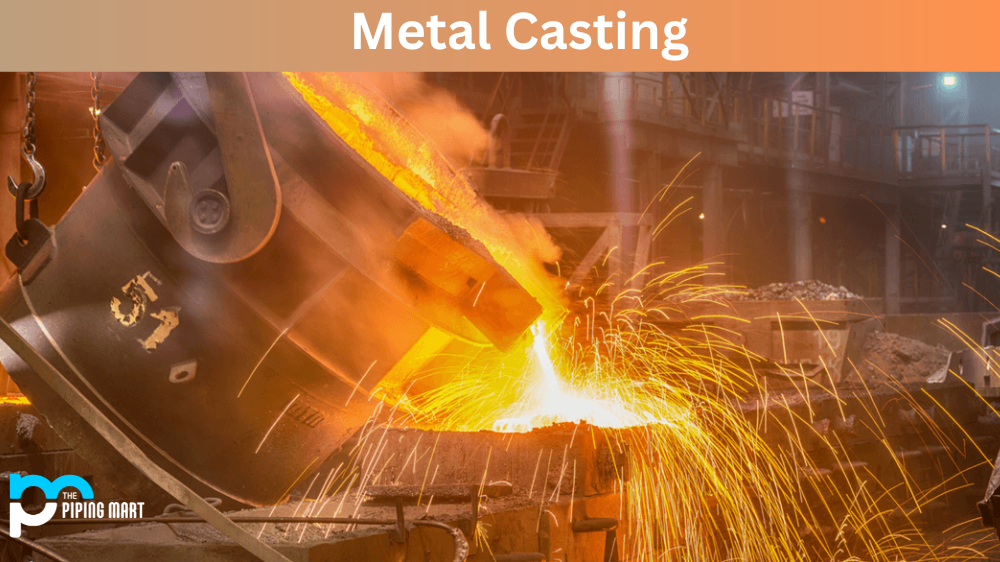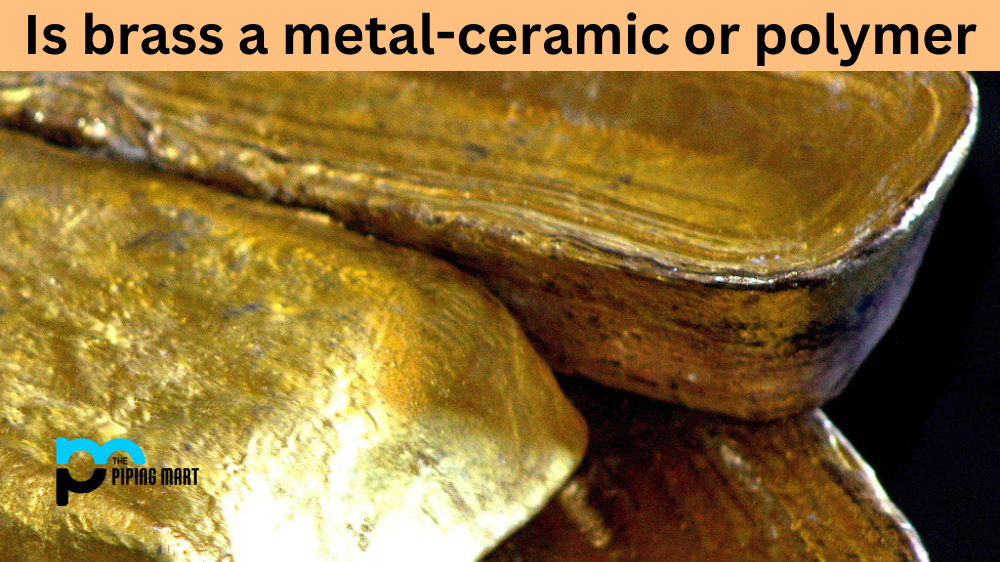Metal casting produces components from molten metal by pouring it into a mold, where it cools and solidifies. It is one of the oldest manufacturing processes and has been used for centuries in large-scale industrial production and small-scale craftsmanship. But what are the advantages and disadvantages of this process? Let’s look at both sides of the coin.
5 Advantages of Metal Casting
One of the significant advantages of metal casting is that it is a highly cost-effective way to produce large quantities of parts quickly and efficiently. Additionally, it allows for greater design flexibility since intricate shapes can be easily created. The lack of tooling also helps to reduce costs since no specialized machinery or tools need to be manufactured before production can begin. Finally, the process is relatively straightforward and can be mastered with minimal training, making it ideal for short-term projects with tight timelines.
- Metal casting is a process that has been used for thousands of years to create metal objects.
- Metal casting is a versatile process used to create objects of any size or shape.
- Metal casting is relatively inexpensive, especially compared to other manufacturing processes.
- Metal casting does not require expensive tools or machines, making it ideal for small-scale production.
- Metal casting can be used to create objects with very intricate designs.
5 Disadvantages of Metal Casting
The flip side is that metal casting can be time-consuming and labor-intensive due to the manual labor required when setting up molds. Additionally, designs with thinner walls may not be suitable for metal casting due to cooling rates which could lead to warping or other defects in the finished product. Also, post-casting machining or polishing may be needed depending on the desired finish, which adds further costs to the overall production cycle. Finally, environmental considerations regarding toxic fumes produced during the melting process must be addressed before production begins.
- Metal casting can be a time-consuming process.
- Metal casting can be expensive.
- Metal casting can produce harmful emissions.
- Metal casting can result in defects in the final product.
- Metal casting can be dangerous for workers.
Conclusion:
Overall, metal casting offers many advantages over traditional manufacturing processes, such as lower costs, greater design flexibility, and minimal setup time; however, certain drawbacks must also be considered, such as costlier materials and post-casting machining requirements. Website owners considering using metal casting for their next project should evaluate all aspects carefully before deciding whether this method will best suit their needs or not. Ultimately, understanding the pros and cons of metal casting will help ensure a successful outcome regardless of your project’s scope or size!

A passionate metal industry expert and blogger. With over 5 years of experience in the field, Palak brings a wealth of knowledge and insight to her writing. Whether discussing the latest trends in the metal industry or sharing tips, she is dedicated to helping others succeed in the metal industry.




